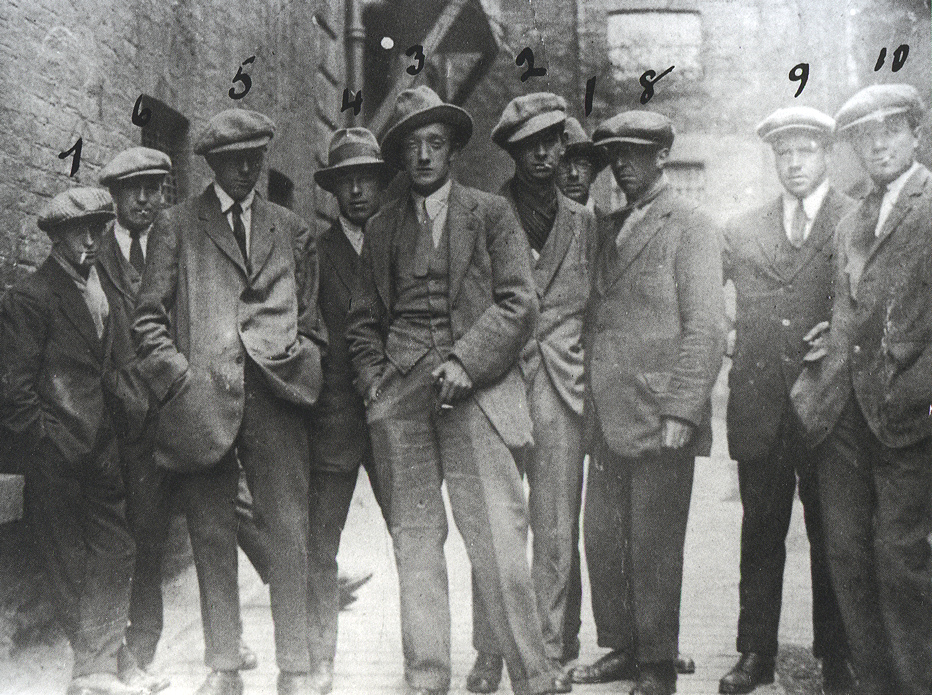In focusing on customer experience, CX professionals can be guilty of forgetting that very often it’s the basics of customer service that can make the difference between customer loyalty and customer loathing. Some recent personal experiences as diverse as passport renewal, bed buying, a birthday celebration and a free cup of coffee have reminded me of a fundamental customer experience equation:
- Get everything right and I’ll be more than 80% likely to recommend to friends and family
BUT…
- Fail to deliver on the basics and I’ll be 100% sure to tell friends, family and if you’re me, my “world-wide media audience”, how you didn’t measure up. (If you’re not me, then TripAdvisor or any other opportunity to leave a point of view.)
And if you’re the kind of business where this isn’t important, you’re either getting by without loyal customers or you’re deliberately pursuing mediocrity as a goal.
Here is my take on the basics that you must get right:
1) Communicate
This is so basic that you’d think it didn’t need stating but I was pleasantly surprised when UK passport agency Her Majesty’s Passport Office (HMPO) showed me what good practice looks like, and therefore, by comparison, how this is so rarely achieved in both public and private sectors.
I took advantage of a bit of post-Christmas quiet time to get around to renewing my passport. It’s an intimidating process, with plenty of opportunity to make a mistake, so a degree of obsessive-compulsive checking meant I missed the last post before the New Year bank holiday weekend. I had provided my mobile number to receive SMS messages regarding progress but was still astonished to receive a text from HMPO the day after the application arrived setting my expectation I would receive the new passport in around three weeks. Later that day I had another text re-setting my expectation that it would arrive in a few days. The following day I was woken up early by a text from DX Delivery saying it would be delivered by the following day. Later that day the shiny new passport dropped through my door. From posting to receipt in less than a week – by public sector standards, positively supersonic!
2) Manage the customer’s expectations
Customer experience management is a misnomer, as the experience is personal to the customer and all you can do as a business is manage the conditions that create that experience. Setting expectations is one of the conditions you can definitely manage though: my passport experience is a great example: the initial communication was in line with the 2-3-week, non-urgent timescale set by HMPO on their website, but then when it shortened I was kept informed. And, crucially, the expectation set was exceeded by my experience. (It may be stating the obvious but this only works one way round!)
And so to bed…
Similarly, the prospect of a bargain in the January sales sent me shopping for a new bed and, since we bought one from Warren Evans over 30 years ago, their nearby store was first port of call. The range and quality of their products has certainly improved in three decades but whilst this, and the in-store experience, was impressive, what I really liked was the on-time fulfilment of my order.
It was this simple:
- We chose a bed frame and mattress
- We placed the order in the store
- We were given a delivery date and a promise that the ‘window’ for delivery would be confirmed no less than three days before the date
- This was confirmed in an email
- An email duly arrived five days beforehand with a confirmation of a 9-12 window and a promise that the driver would call one hour beforehand with a more precise time
- On the day, the driver called at 8.30, arrived at 9.30, assembled the bed and left at 10.30, leaving one satisfied customer looking forward to a good night’s sleep.
When it goes right, it really is that simple.
Don’t get shirty
Contrast this with a clothing retailer with whom I recently placed an order for collection at one of their stores. Two days after the email informing me that the order could be collected I turn up, but the order’s not there. I was told to give it a couple of days as it may have been delayed. A couple of days later I return, but still no shirt. A call was promised to let me know what had happened. Four days later and no call, so I call back: customer services was not available (it was Saturday) according to the assistant I spoke to, but I received a promise to call me back on Monday. This time – a mere 8 days after the alleged delivery of the shirt – I get a call from the assistant who informed me that the shirt had arrived, along with some other stock that had been promised. He had raised this issue with head office for investigation and to be fair, it sounds like a blip in their supply chain, but the number of unfulfilled promises does not make for a happy customer. In the light of my happy fulfilment experience with the more involved transactions with HMPO and Warren Evans, particularly annoying.
In the next part of this article, I’ll go on to consider other elementary aspects of service that my recent experiences threw up. These should always be got right – but very often aren’t:
3) Don’t hassle the customer
4) Pay attention to unspoken needs
5) Deal brilliantly with complaints
6) Don’t be content with average
to be continued…








 Actually, despite what I said earlier, I think Customer Experience Day is a great idea. So why not make it a day where customers and employees meet, exchange views and ideas. Inspiring others to raise their game is part of everybody’s job in the organisation. Why not also involve some of the people who really count – the customers? They might even motivate your colleagues to do even more!
Actually, despite what I said earlier, I think Customer Experience Day is a great idea. So why not make it a day where customers and employees meet, exchange views and ideas. Inspiring others to raise their game is part of everybody’s job in the organisation. Why not also involve some of the people who really count – the customers? They might even motivate your colleagues to do even more!
 And that last point is worth re-iterating: because you’re mining data and customer experience for things that don’t work and need fixing, you’re going to be ‘underground’ dealing with inadequate processes and all the sad customer stories that result. It’s unglamorous, dirty work but, with the right resource, can deliver ‘gold’ not just in terms of customer satisfaction but in improvements to the company’s bottom line.
And that last point is worth re-iterating: because you’re mining data and customer experience for things that don’t work and need fixing, you’re going to be ‘underground’ dealing with inadequate processes and all the sad customer stories that result. It’s unglamorous, dirty work but, with the right resource, can deliver ‘gold’ not just in terms of customer satisfaction but in improvements to the company’s bottom line.
 In the mattress recommendation world and almost any other world where customers buy products which they only need to replace occasionally, the customers have an important need but also a significant weakness that all too often gets exploited.
In the mattress recommendation world and almost any other world where customers buy products which they only need to replace occasionally, the customers have an important need but also a significant weakness that all too often gets exploited. Are you brave enough to be honest to your customers about your company’s or your products foibles? Try it – you might end up doing much better.
Are you brave enough to be honest to your customers about your company’s or your products foibles? Try it – you might end up doing much better.